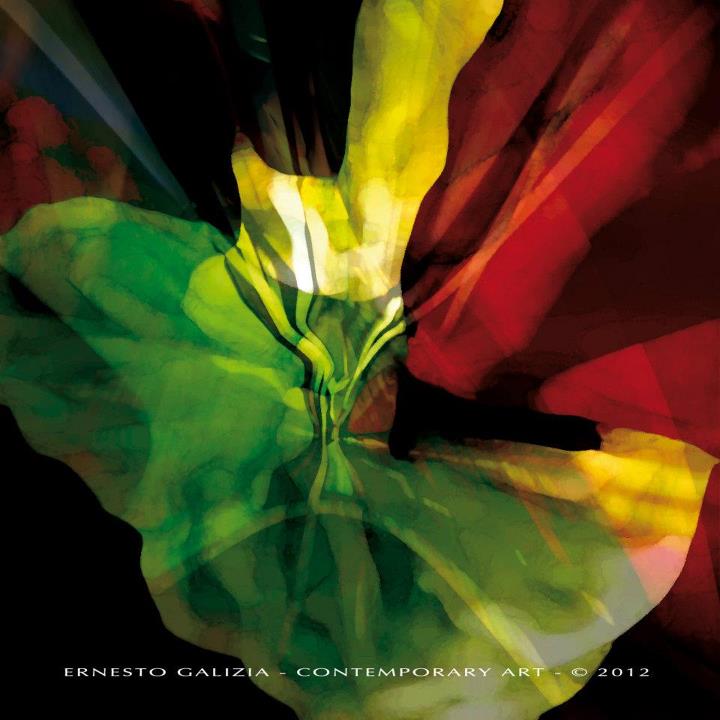Most people listen to music with their eyes. It is difficult for them to orientate in the reign of sounds without some visual information. That is why it is possible for pretty girls, croaking like crows, to be celebrated as singers, and the silliest little song can become a worldwide success because of a witty video clip. The lyrics sung by the performer can, of course, substitute the information coded in the tune and in the rhythm. It is interesting to read some of the articles which speak highly of the fifty-year-old Rolling Stones, and in which there are only a few words about the musical aspects, and much more about the interpretation of the lyrics.
Therefore, music is not always able to bring about the desired – or any kind of – effect, especially in the Gesamkunst of the age of the multimedia, when the devices appropriate „only” for playing music are becoming out of date.
If we accept Stravinsky’s view – music expresses nothing but itself - , and I, in my immodest way, tend to agree with one of the most influential figures of the History of Music; thus, if music means itself, the composition takes form in the listener, independently from the author’s intention or will. How much one can comprehend depends on his abilities. Perhaps everyone has an image inside while listening to music. I suspect, most musicians would like to see the reflection of their music. And if the listener is a fine-artist, who is capable of drawing and painting the music echoing in him…
…I’m very proud of Ernesto Galizia’s beautiful pictures!
Esti Csend avagy Csodazongoraverseny nagy tételben
2012.08.03. 17:11
Hang-kép (extended)
Címkék: Ernesto Galizia Lengyelfi Miklós Éry Balázs The Colors Of Silence
Szólj hozzá!
2012.07.25. 21:52
Hang-kép
Címkék: piano Ernesto Galizia Csend
A többség jobbára szemmel hallgatja a muzsikát. Vizuális információ nélkül nehezen tájékozódik a hangok birodalmában. Így fordulhat elő, hogy varjúként károgó csinos lányokat ünnepelünk énekesnőként, s a legbárgyúbb dalocskából is világsikert nemesít egy szellemes videoklip. Persze az énekelt szöveg helyettesítheti a dallamba, ritmusba kódolt információt (gondoljunk csak a magyar himnuszt – legalábbis a verset – artikulálatlanul üvöltő szurkolókra, vagy a buliban, a könnyen megjegyezhető refrént gajdoló mulatozókra – de itt már a puszta zenénél többről, a zene és szöveg új minőségű egymásra hatásáról van inkább szó). Érdekes például az ötvenéves Rolling Stones-t méltató írásokat böngészni, zenei szempontokról nem sok szó esik, annál több a dalszövegek értelmezéséről.
A zene tehát önmagában nem mindig képes a kívánt – vagy bármilyen – hatást előidézni, különösen a multimédia-kor gesamtkunst-jában, amikor a „csupán” hanglejátszásra alkalmas berendezések éppen kimennek a divatból.
Ha elfogadjuk Sztravinszkij véleményét – a zene semmi mást nem fejez ki, csak önmagát -, s én szerénytelenül hajlamos vagyok egyet érteni a zenetörténet egyik legnagyobb hatású zeneszerzőjével, tehát, ha a zene önmagát jelenti, akkor a mű a hallgatóban formálódik, akár a szerző szándékától, akaratától függetlenül. Hogy ki mennyit fog fel belőle, az a befogadóképességtől függ. Talán mindenki lát belül valamilyen képet zenehallgatás közben. S gyanítom, a legtöbb muzsikus szeretné látni játéka visszatükröződését. És, ha a hallgató egyszersmind a benne visszhangzó muzsikát megfesteni, lerajzolni képes képzőművész…
…nagyon büszke vagyok Ernesto Galizia gyönyörű képeire!
